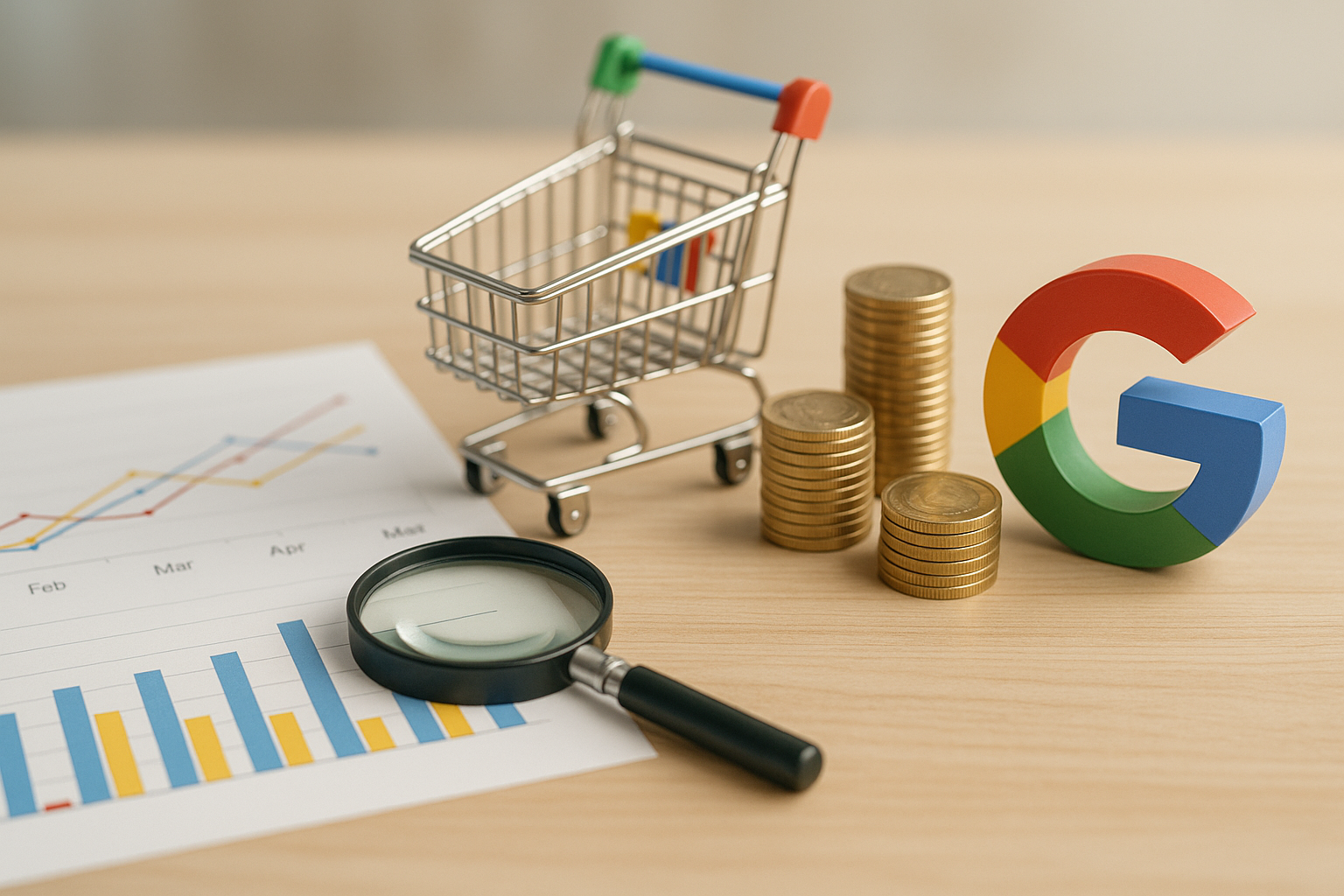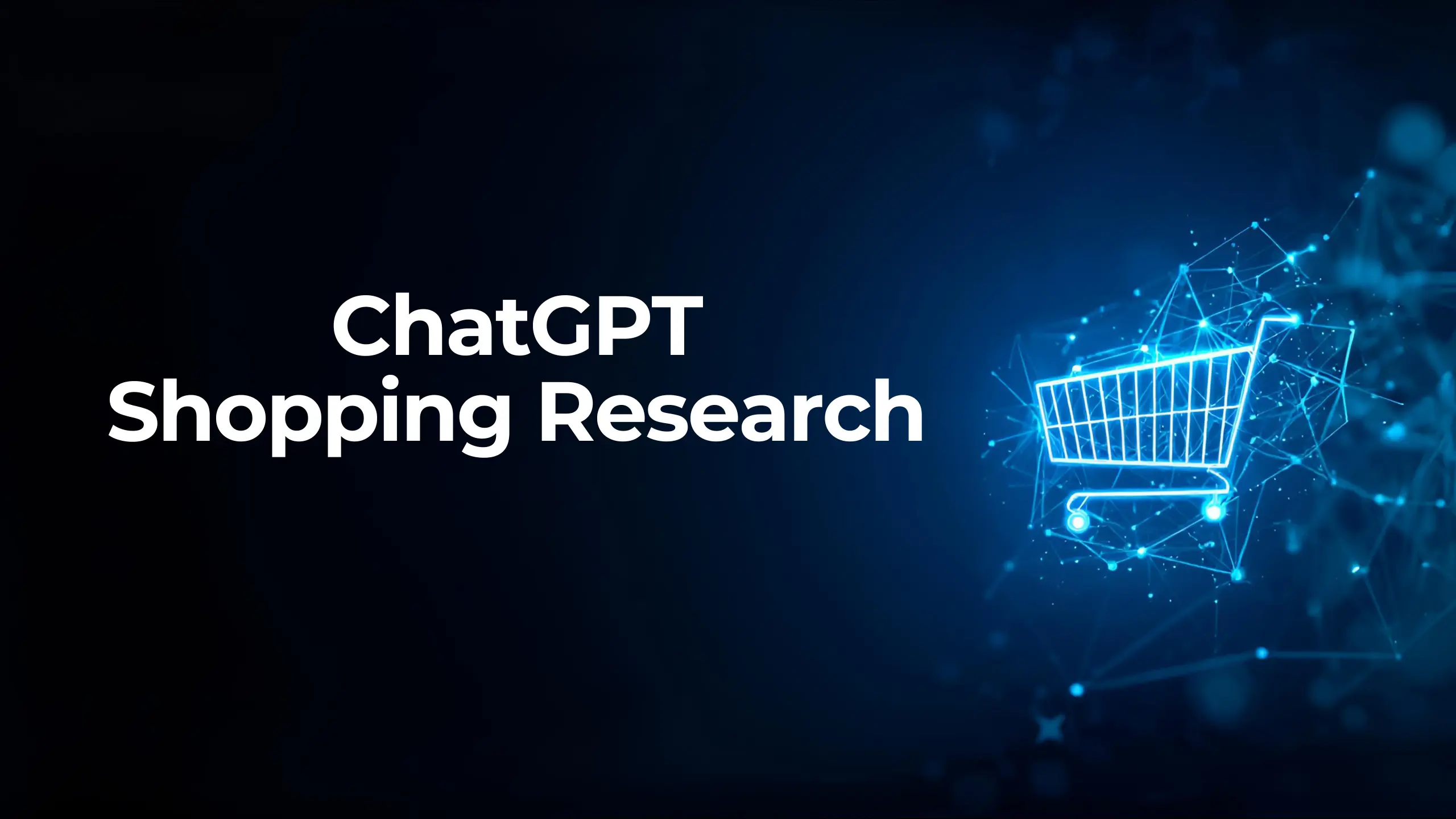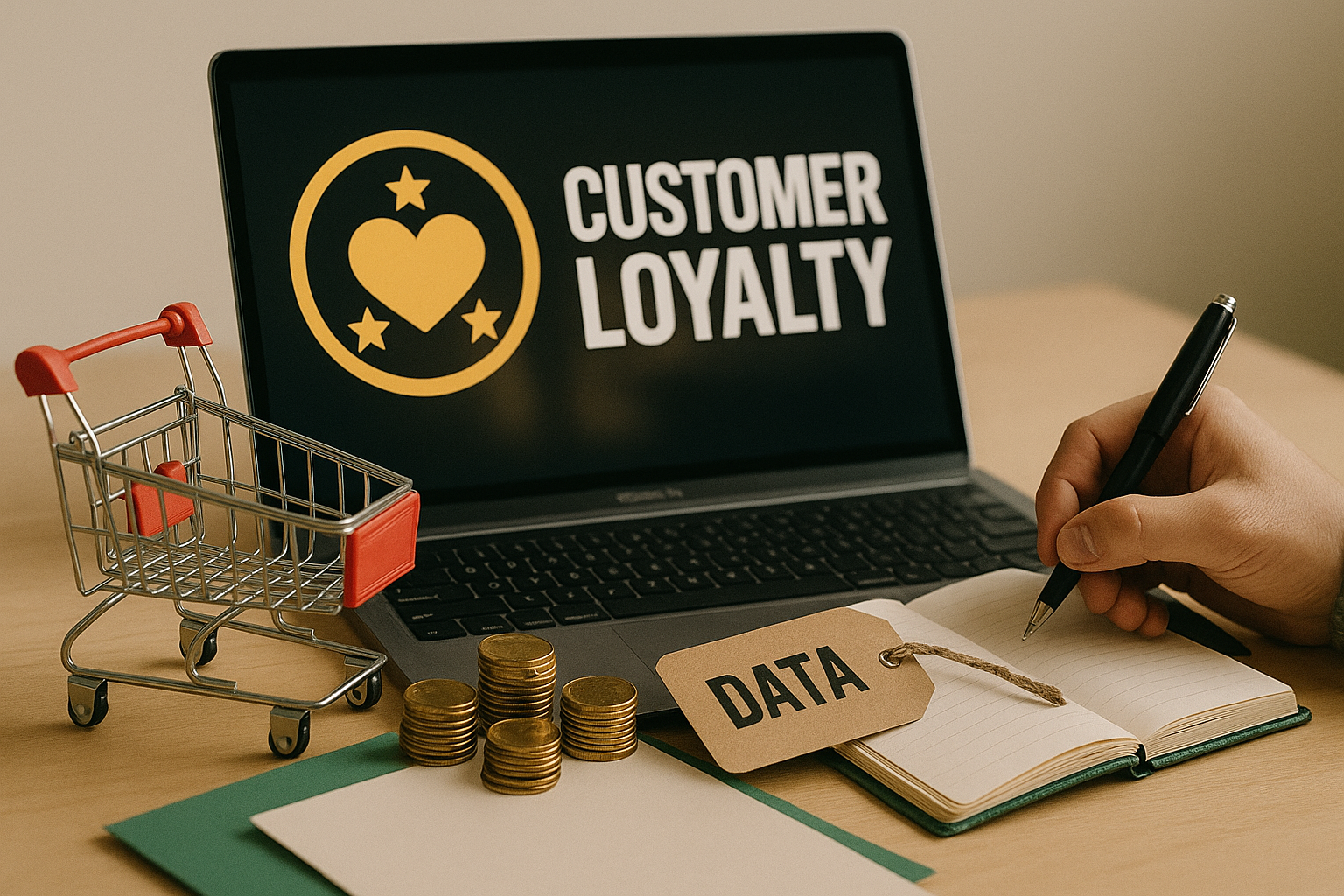
Enes Alperen Baki
Jun 13, 2025How to Segment Your Audience in Google Ads and Meta Campaigns for Report Card Day Promotions

How to Segment Your Audience in Google Ads and Meta Campaigns for Report Card Day Promotions
Report Card Day is one of the most motivating days of the year—especially for children and teens—but it also represents a prime promotional window as families look to reward academic achievement. This period offers strong potential across categories such as toys, electronics, books, educational materials, and fashion. However, relying solely on discounts is not enough. Proper audience segmentation is one of the most critical steps to amplify the impact of your Report Card Day campaigns.
In this article, we’ll walk through step-by-step how to apply strategic segmentation in Google Ads and Meta campaigns to make your promotions more efficient and drive better results.
1. Focus on the Decision-Making Parents
Although children appear to be the end users, parents are the ones making the purchase decisions. Your ad messaging should address their needs and insights, and forge an emotional connection.
- Parents aged 30–50
- Users interested in family-focused content
- CRM segments with past purchases of children’s and teen products
Strategic Insight: In Google Ads, build custom intent audiences around search terms like “report card gift,” “what to get my child,” “Report Card Day deals,” “back-to-school shopping,” “kids gift ideas,” and “report card gift ideas.” On Meta, use targeting options such as “Parents with Preteens” and “Recent Purchasers in Children’s Apparel.” Also retarget existing CRM audiences who have purchased children’s products in the past.
2. Segment by Digital Behavior and Motivation
Buying decisions during Report Card Day stem from distinct emotional and practical motivations. Structure your segments not only by product category but also by digital behavior:
- Academic Rewarders: Interested in educational kits, books, and online courses.
- Hobby-Driven Buyers: Select gifts aligned to the child’s hobbies (art, music, STEM toys).
- Gaming Enthusiast Parents: Research gaming accessories and headphones.
- Deal Hunters: Shop early and track promotions.
Strategic Insight: On Meta, serve “sales & discounts” creative to price-sensitive audiences; use narrative video ads to connect emotionally. In Google Ads, create custom intent audiences from high-intent queries like “report card gift ideas” and “reward for kid.” Expand reach by targeting users who watch “report card gift ideas” videos on YouTube.
3. Optimize Product-to-Audience Matching
Relevance between product and audience profile drives conversions. Be explicit about why you’re recommending each item:
| Product Category | Target Audience Profile |
|---|---|
| Toys & Playsets | Parents of children aged 6–12 |
| Electronics & Accessories | Parents of teens looking for motivation gifts |
| Educational Materials | Families with high-achieving students |
| Fashion & Stationery | Those seeking a blend of gift and practical supplies |
Strategic Insight: Tag your product feed with collections such as “Report Card Specials,” “Reward for Success,” and “Our Picks for Kids.” Create dedicated Shopping campaigns for each collection in Google Ads. On Meta, set up separate catalog ad sets. Since most queries are non-branded, support these collections with long-tail SEO and SEA terms like “what to get for report card day.”
4. Accelerate Timing with Returning Audiences
Although campaign volume peaks during the final week before school ends, decision journeys start earlier. Use historical data to engage users in advance:
- Users who engaged with past Report Card Day campaigns
- Users who interacted with children’s/teen products in the last 90 days
- Users who purchased from gift categories a year ago but haven’t returned
Strategic Insight: In Google Ads, pair your RLSA lists with seasonal keywords like “report card gift.” On Meta, target past purchasers with dynamic product ads. Use CRM-enabled email and push campaigns offering early access, guaranteed delivery, or exclusive perks to capture interest ahead of the main rush.
Conclusion
- Centering on the parents who make the purchase decisions amplifies your campaign’s emotional impact.
- Behavior-based segmentation enables more contextually relevant, conversion-driven messaging.
- Optimizing product-to-audience matches increases campaign ROI.
- Strategically using historical data lowers costs and boosts loyalty.
Remember: Report Card Day campaigns aren’t just about the students—they’re about the parents who want to celebrate their children’s achievements. Reaching the right person, at the right time, with the right message, is the key to turning your brand into a memorable experience.
More resources

5 Ways to Accurately Measure Sales Impact with Google MMM
Google MMM (Marketing Mix Modeling) is one of the most powerful statistical methods for understandin...

ChatGPT Shopping Research: An AI-Powered Shopping Assistant
ChatGPT Shopping Research is an AI-powered shopping assistant that accelerates users' shopping resea...

Data-Driven Tactics to Build Customer Loyalty After Black Friday
Customer loyalty is the most valuable outcome of the Black Friday period, as short-term traffic and...

